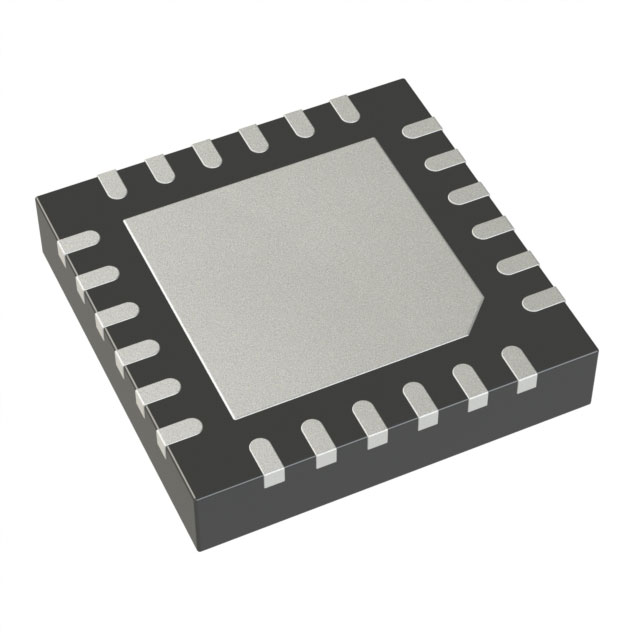
LTC5583IUF#TRPBF
ActiveMATCHED DUAL-CHANNEL 6GHZ RMS POWER DETECTOR
Deep-Dive with AI
Search across all available documentation for this part.

LTC5583IUF#TRPBF
ActiveMATCHED DUAL-CHANNEL 6GHZ RMS POWER DETECTOR
Deep-Dive with AI
Technical Specifications
Parameters and characteristics for this part
| Specification | LTC5583IUF#TRPBF |
|---|---|
| Accuracy | 0.5 dB |
| Current - Supply | 90.1 mA |
| Frequency [Max] | 6 GHz |
| Frequency [Min] | 40 MHz |
| Input Range [Max] | 4 dBm |
| Input Range [Min] | -59 dBm |
| Mounting Type | Surface Mount |
| Package / Case | 24-WFQFN Exposed Pad |
| RF Type | W-CDMA, WiMax, CDMA, LTE |
| Supplier Device Package | 24-QFN (4x4) |
| Voltage - Supply [Max] | 3.5 V |
| Voltage - Supply [Min] | 3.1 V |
Pricing
Prices provided here are for design reference only. For realtime values and availability, please visit the distributors directly
| Distributor | Package | Quantity | $ | |
|---|---|---|---|---|
| Digikey | Cut Tape (CT) | 1 | $ 24.24 | |
| 10 | $ 17.43 | |||
| 25 | $ 15.65 | |||
| 100 | $ 14.70 | |||
| Digi-Reel® | 1 | $ 24.24 | ||
| 10 | $ 17.43 | |||
| 25 | $ 15.65 | |||
| 100 | $ 14.70 | |||
| Tape & Reel (TR) | 2500 | $ 14.70 | ||
Description
General part information
LTC5583 Series
The LTC5583 is a dual-channel RMS power detector, capable of measuring two AC signals with wide dynamic range, from –59dBm to 4dBm, depending on frequency. Each AC signal’s power in decibel-scaled value is precisely converted to a DC voltage on a linear scale, independent of the crest factor of the input signal waveforms. The LTC5583 is suitable for precision power measurement and level control for a variety of RF standards, including LTE, EDGE, W-CDMA, CDMA2000, TD-SCDMA, and WiMAX.Good channel-to-channel isolation is necessary for operating the dual channels simultaneously. For applications where the two input signals are at the same frequency (e.g. measuring VSWR), the LTC5583 provides 40dB isolation at 2.14GHz even with single-ended inputs. No baluns are needed. When the two input signals are at different frequencies, the isolation can be as high as 50dB. The isolation can be improved to >55dB with differential inputs.The power difference of the two input signals is provided at a difference output pin. Each channel also has a fast envelope detector, which tracks the RF input signal’s envelope and outputs a voltage directly proportional to the signal’s instantaneous power. The envelope detectors can be disabled to reduce power consumption.ApplicationsVSWR MonitorMIMO Transmit Power ControlBasestation PA ControlTransmit and Receive Gain ControlRF Instrumentation
Documents
Technical documentation and resources


